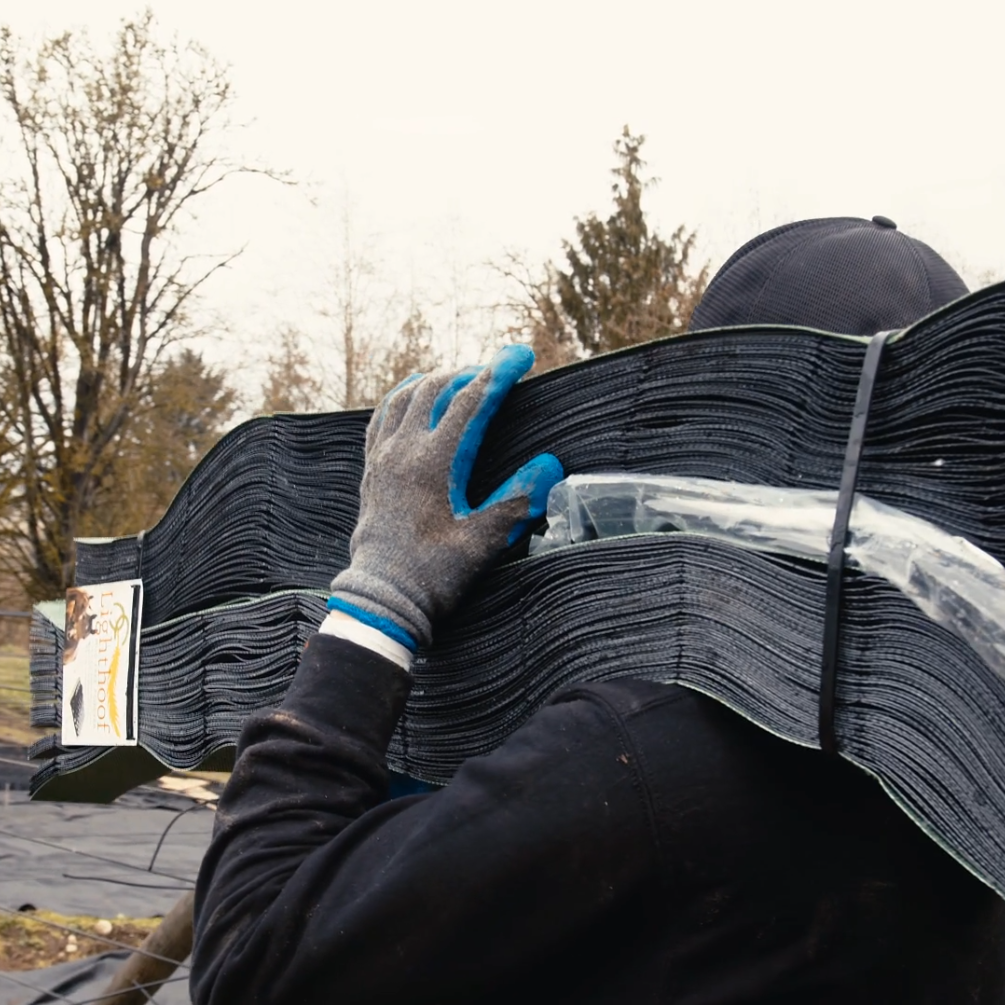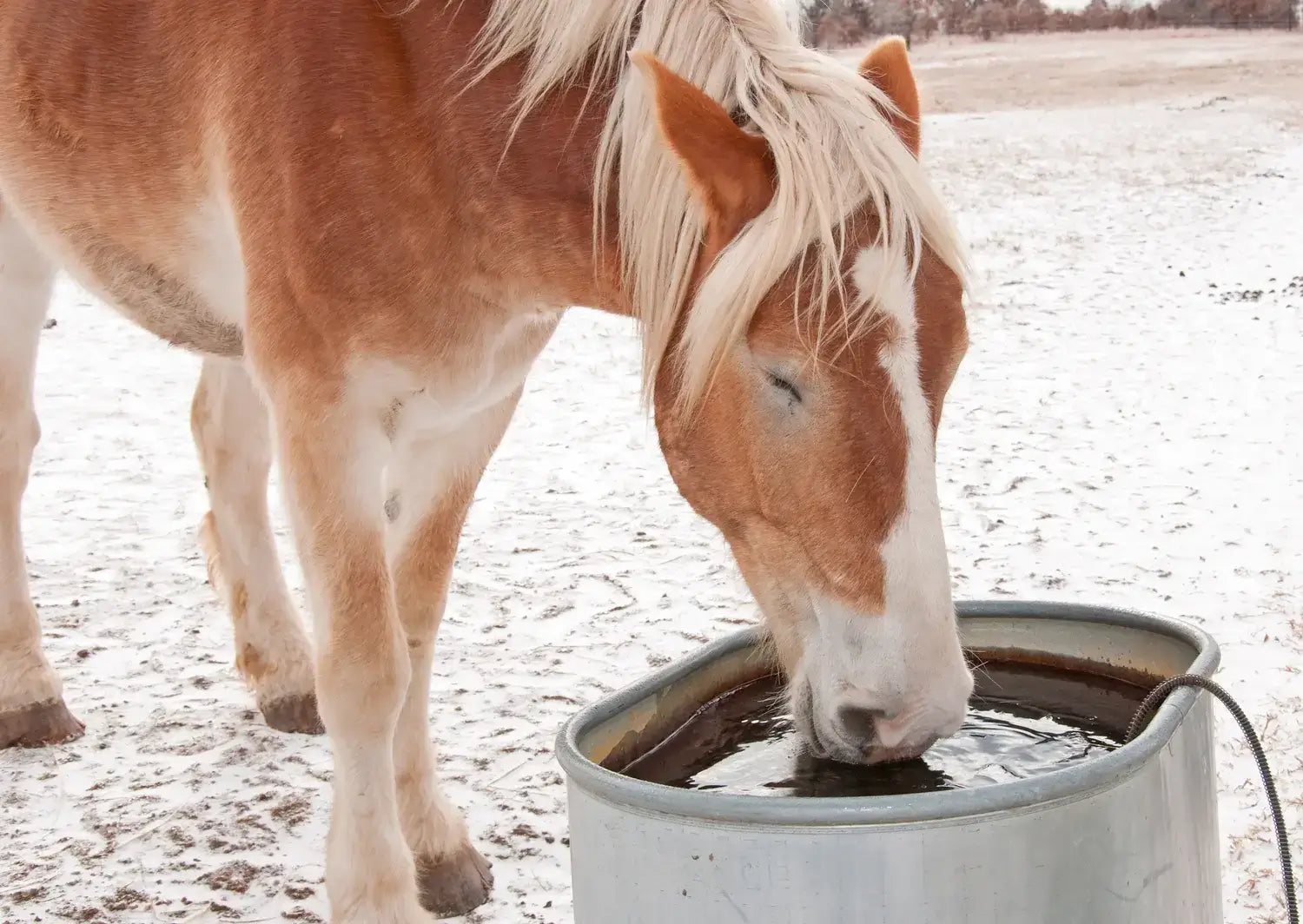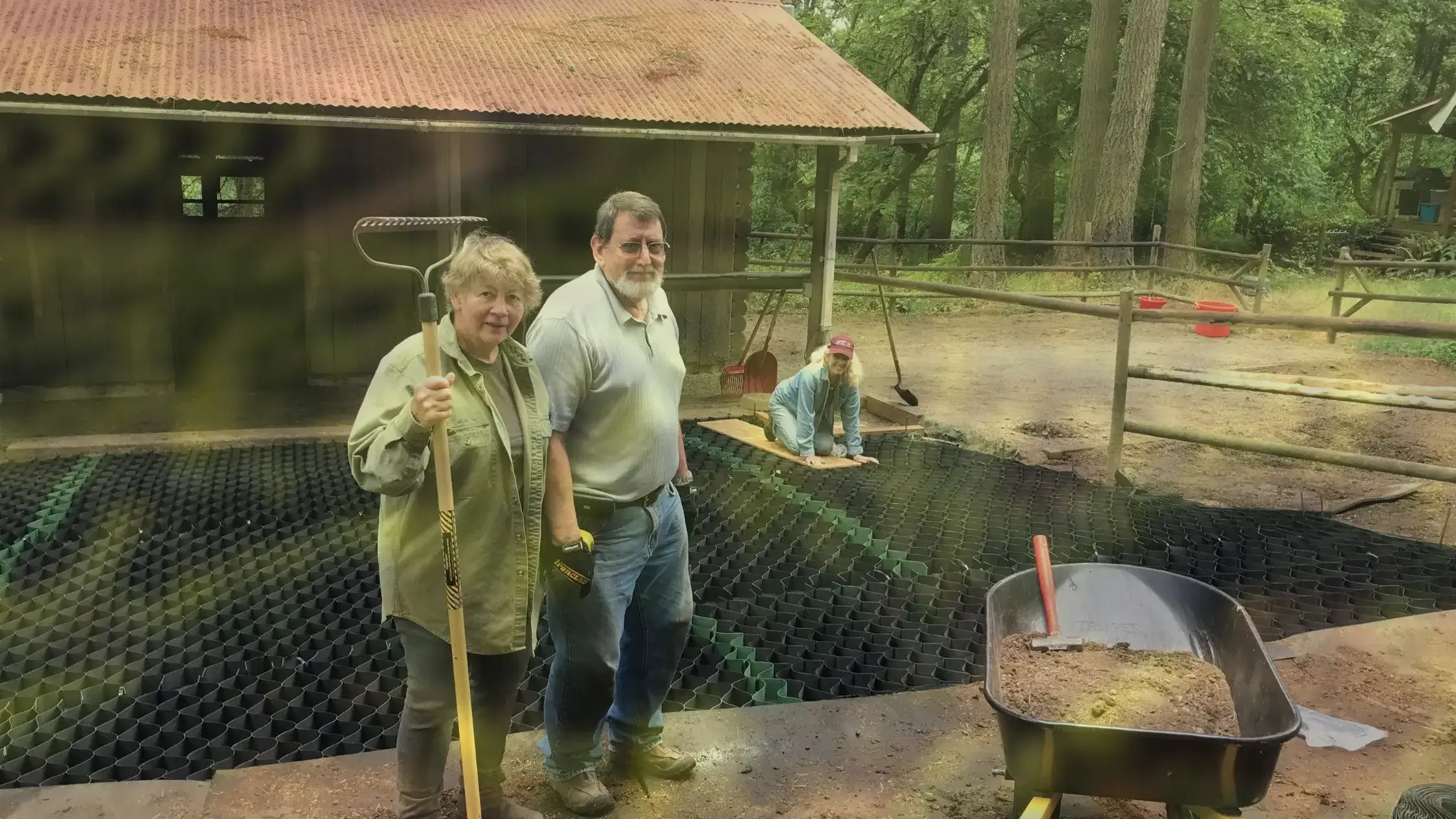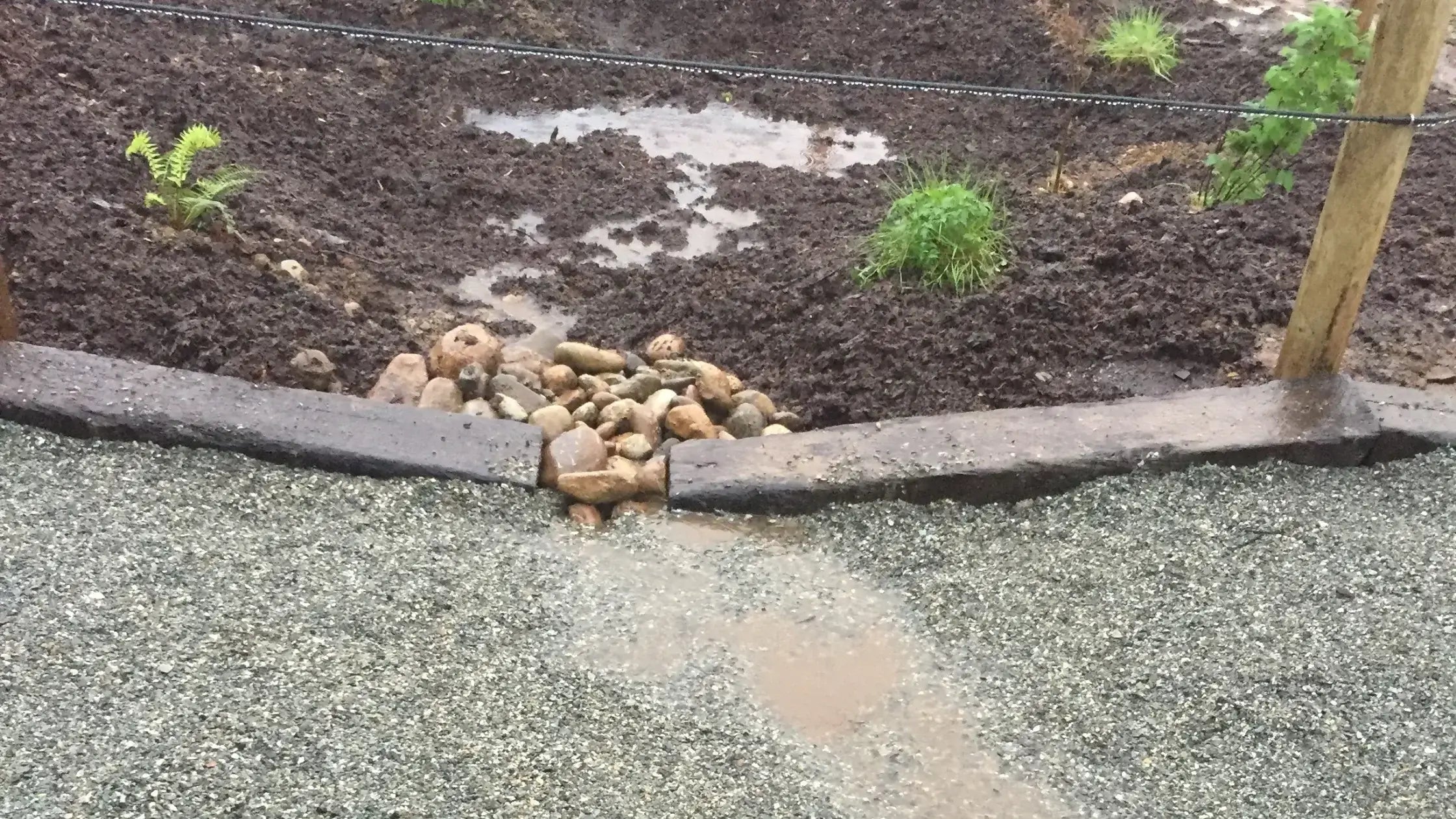Keeping your horses hydrated and encouraging them to drink becomes a top priority during the winter. Heated troughs and water buckets are often go-to solutions around farms, but these products can carry safety risks that many owners overlook. Even if you’ve been using these products for years, a few small changes could make them safer.
Essential Safety Tips for Using Heated Troughs and Water Buckets
Are you using heated water troughs and buckets safely on your farm? As you winterize your barn, take a few minutes to double-check that you’re following these safety procedures.
Start with an Electrician
Before you start plugging in trough heaters and heated buckets, have an electrician out to inspect your barn’s electrical system. Many old barns still have non-GFCI outlets, which need to be updated before you can safely use these products. It’s also a good idea to have all of your wiring inspected, and to make sure that your electrical system is capable of handling the power needs that multiple heaters will require.
Read the Manufacturer Instructions
It’s essential to follow the manufacturer’s installation instructions regarding grounding and heater positioning. When installing a heater in a plastic trough, the heater needs to be caged, otherwise it can potentially melt and even set the trough on fire. This cage also helps to prevent curious equine noses from being burned.
Grounding your trough can help to keep your horses from being shocked while drinking. Many manufacturers recommend that you install a grounding rod and connect copper wire to the rod. Then, you can run the copper wire into the bottom of the tank, grounding it.
If you’ve long thrown out the instructions for your product, you can probably find the manuals available online by searching the model number. You can also call or email the manufacturer, who should be able to provide you with the manual for your product.
Protect Electrical Cords
When installing a water trough heater or heated water bucket, make sure to position the cord so that it’s inaccessible to horses. If a horse can reach the cord, encase it in PVC, anti-chew springs, or another material to protect it.
Use the Right Outlets
Only plug a heater water bucket or trough heater into a GFCI (ground-fault circuit interrupter) outlet. The GFCI outlet monitors the amount of electricity that your heater is using, as well as what electricity flows back through the outlet. If there’s a flaw in the heater and it suddenly draws more electricity than what’s returning, the outlet will cut off the power. This can help to reduce the risk of you or a horse being shocked.
Many heater manufacturers state that you shouldn’t use an extension cord with the product. Extension cords can cause many issues, and they need to be frequently inspected for damage. It’s common to overload extension cords, and if you’re using cords outdoors, you need to purchase heavy-duty cords built for the environment and the electrical load that they will be carrying.
If you’re powering trough heaters outdoors, a better alternative is to have an electrician run an underground electrical conduit out to your paddocks. Ask that the electrician install a GFCI outlet in a covered outdoor electrical box. Then, you can plug your heater directly into the outlet and won’t have to worry about running extension cords through the yard.
Frequently Inspect and Change Heaters
Water trough heaters and heated buckets can and do wear out with use. Before installing them each year, check them for signs of wear, including frayed cords and loose parts. If the product is damaged, replace it with a new one. As trough heaters age, some can cause current to leak out into the trough, and many horses will refuse to drink. Watch for these signs, and if you suspect that electricity is leaking into the trough, unplug the heater (don’t touch the water yourself), replace it with another, and see if that solves the problem.
Stay Safe This Winter
Trough heaters and heated buckets are an essential element of wintertime horse care when you live in a cold climate, but it’s important to ensure that you’re using them as safe as possible. By implementing these steps every year, you can help to protect your horses while keeping water available to them in even the coldest weather.





Leave a comment
This site is protected by hCaptcha and the hCaptcha Privacy Policy and Terms of Service apply.